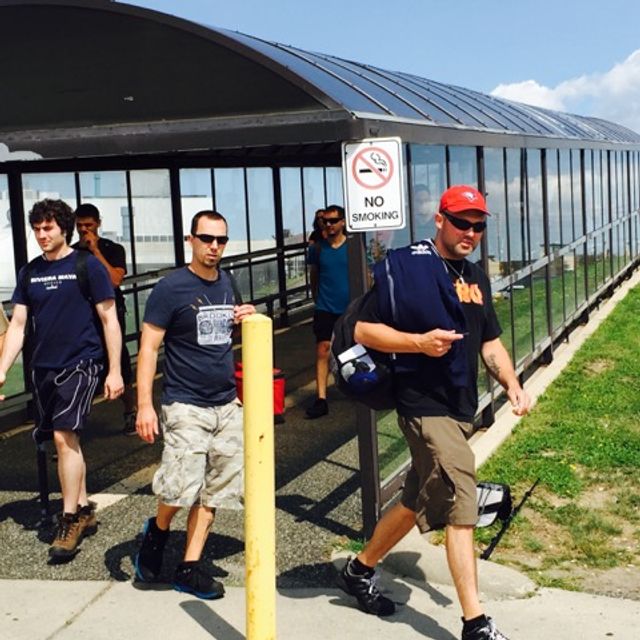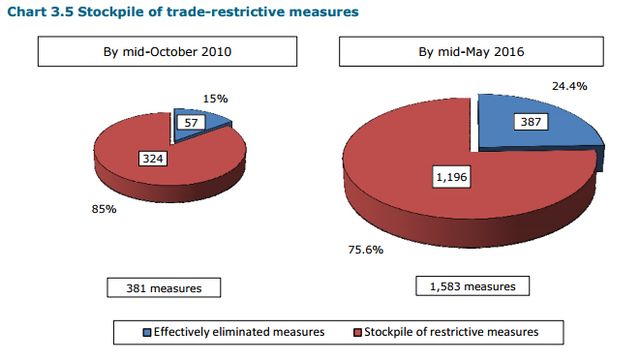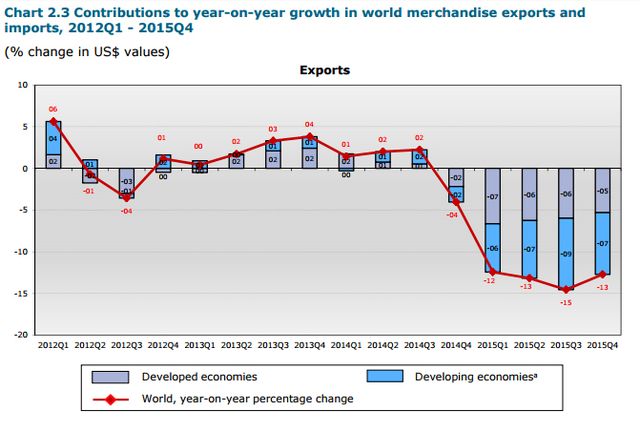Neil Hardt
Blockades and protests continued in the Mexican state of Oaxaca yesterday, following Sunday’s police massacre of striking teachers and their supporters in the village of Nochixtlán. In Mexico City, students at the country’s largest college—the National Autonomous University of Mexico—announced a student strike in support of teachers and in opposition to state violence. Demonstrations of hundreds of teachers took place across the country, including in Acapulco, Chiapas, Morelos, Hidalgo, Monterrey, Merida, Veracruz, and Baja California Sur.
Family members of those killed on Sunday held funerals Monday, which drew angry crowds in thousands. Those who were killed were all young, ranging from 19 to 33 years old.
The death toll rose to 11 after three more demonstrators died from gunshot wounds in local hospitals. Only one of those killed was a teacher, the rest were parents, peasants, students and others who joined “the fight in defense of education,” according to the National Education Workers Organization (CNTE).
Eyewitnesses in Nochixtlán are testifying as to what happened on Sunday and are exposing the government’s justifications for the massacre as lies. Yesterday, police officials repeated the charge that demonstrators were to blame for sparking the provocation when nearly 1,000 police descended on a road leading into the town that teachers had blockaded for eight days. Oaxacan governor Gabino Cue alleged that protesters fired on police after taking five policemen prisoner.
Santiago Bautista, a teacher who was present at the demonstration, told Regeneracion news that at roughly 7:30 in the morning the police “all got out of buses, they started to walk toward us and about 70 meters from the bridge they started to shoot, to throw teargas bombs. They didn’t warn us or give any ultimatum, nothing. They came very aggressively.”
After the initial attack, teachers appealed to workers in the impoverished town, many of whom rushed to join the protest upon learning of the police presence. Teachers assert that roughly 5,000 people were gathered near the road when the attack began. Elite police units then began appearing, dressed in camouflage.
“Reinforcements came and a helicopter appeared, flying very low,” Bautista explained. “This was between 10:30 and 11:00 in the morning. Even then we continued to retreat when this group started to shoot…they began to open automatic gun fire directly against us.”
Reports from Nochixtlán also show that the police swept through the town, dragging townspeople away, seemingly at random. According to town residents who issued documentary proof, police broke up a funeral that was unrelated to the demonstrations. Police burst in at roughly 8:30 a.m. yelling “hands on the back of your necks!” The detained were then thrown in a pile in the back of a truck and taken away.
The small town of 13,000 is currently under military rule. The headquarters of the municipal government was burned by angry residents, who also draped a banner over the town’s only ATM machine that reads: “Assassins. Peña Nieto—Gabino Cue—Daniel Cuevas,” referencing the president, the governor of Oaxaca, and the town’s mayor. The banner also reads: “The people of Nochixtlán demand justice. Punish those responsible.”
Fearing the possibility of widespread demonstrations, the administration of President Enrique Peña Nieto announced it would meet leaders of the National Education Workers Organization (CNTE) on Wednesday in Mexico City. The secretary of public education, Aurelio Nuno Mayer, made clear that the government would not negotiate the terms of the right-wing education reform program against which teachers are striking. Wednesday’s meeting will be for the purpose of bringing “peace and tranquility to Oaxaca” through “political dialogue where we will not discuss themes relating to education.”
Nuno added immediately afterwards that this is “a moment of openings for compromise and tolerance. This is the moment, particularly in Oaxaca, for all of us to play our part to put an end to the violence.”
The education secretary’s comments come after the government ordered its police to fire automatic weapons into a crowd of demonstrators who gathered to oppose his attempts to privatize education on behalf of Wall Street and the Mexican capitalist class. The Mexican ruling class’s method for establishing “peace and tranquility” in order to ram through its regressive program is demonstrated in places like Nochixtlán and Ayotzinapa, where 43 disappeared student teachers were likely tortured and murdered for protesting against similar education reform measures.
The US corporate press has largely buried reports of the massacre, and for good reason. The bloodbath in Nochixtlán constitutes a damning indictment of the role played by the United States in Mexico and the impact of the diktats of US banks and corporations.
Speaking in the Oval Office after meeting with Peña Nieto in 2015, President Obama said, “I’ve congratulated President Peña Nieto on some of his structural reforms that I think will unleash even further the enormous potential of the Mexican economy.” In 2014, Obama praised Mexico’s “shared commitment to democratic values and human rights.”
In the case of the Nochixtlán massacre, neither the silence of the US press nor the lies of the Mexican government can quell the growth of the class struggle and the massive popular hostility to the blood-soaked regime of Peña Nieto and the capitalist system that it defends.



